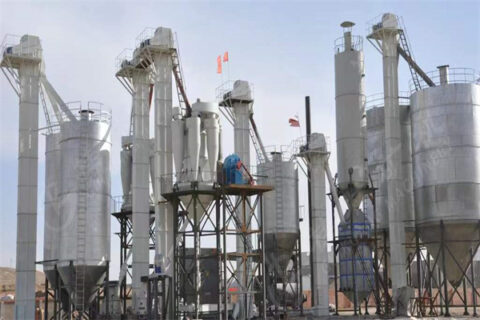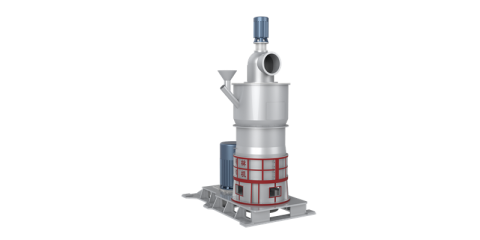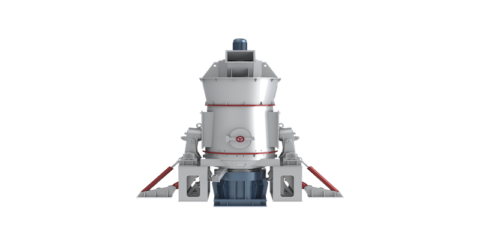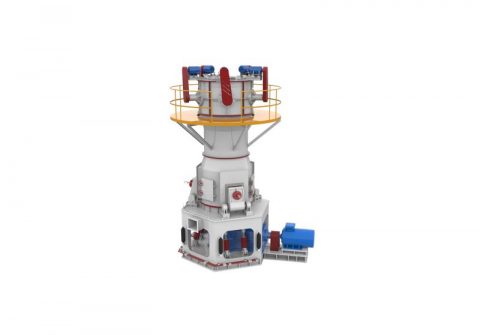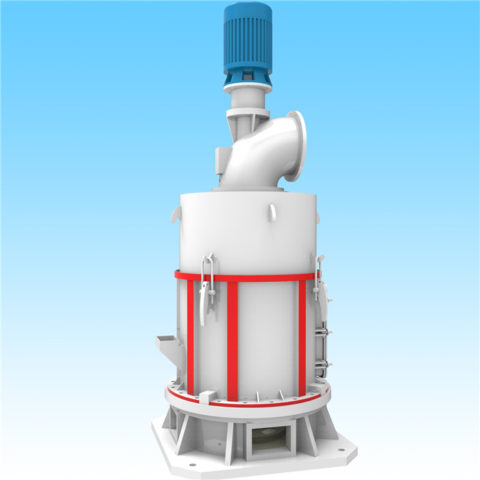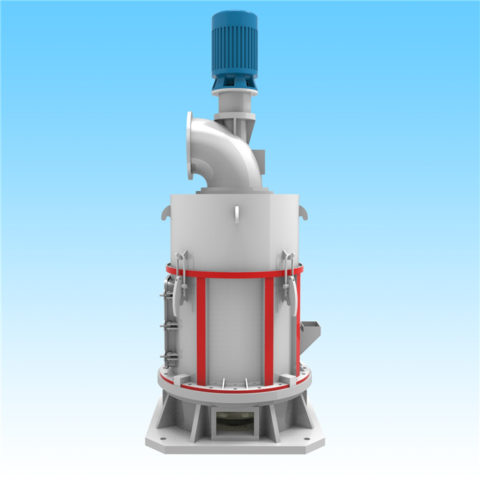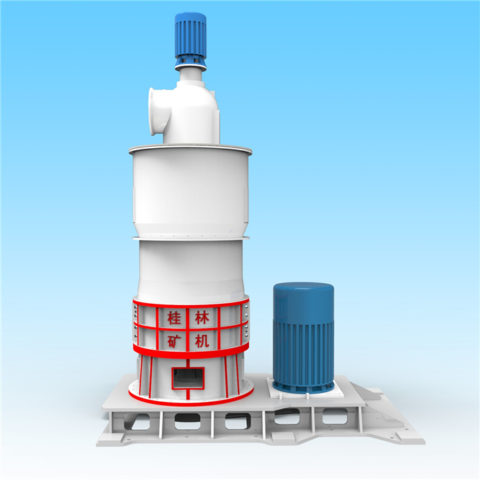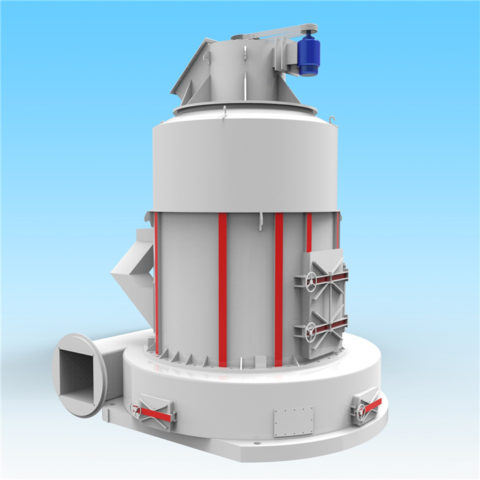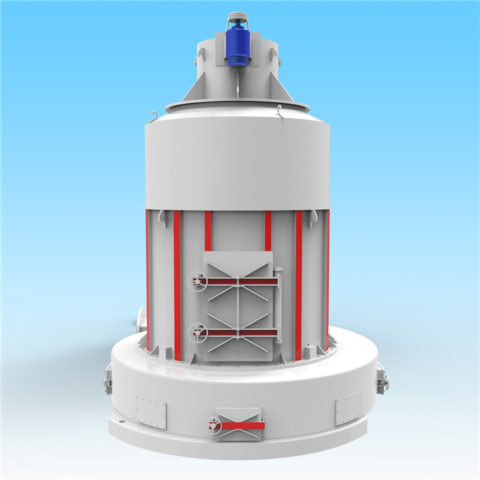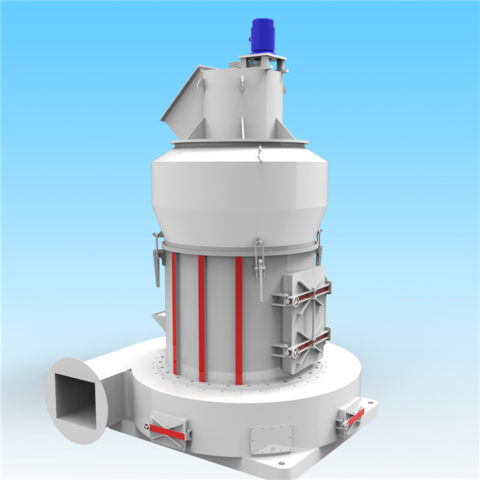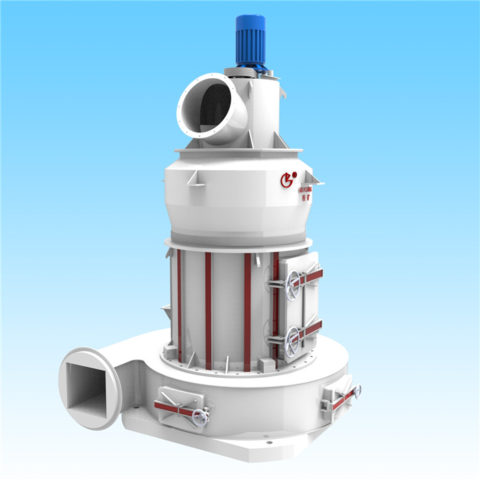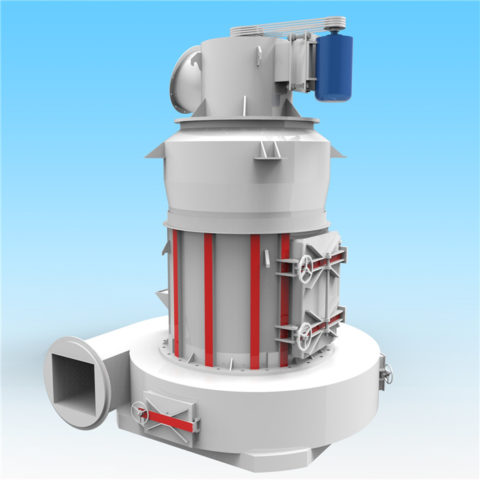Cryolite is a mineral mainly used in electrolytic aluminum industry. It can be used in the aluminum smelting industry as a cosolvent for electrolytic aluminum; It can be used in resin grinding wheel to improve the wear resistance of grinding wheel and prolong the service life of grinding wheel; Add to the glass as an anti-reflective coating; It can also be used as a pesticide. Cryolite is the most widely used in the chemical industry, but its output in nature is very small, so it cannot meet the industrial demand. In this regard, a new cryolite regeneration method has been explored in the industry, that is, the electrolytic aluminum carbon slag treatment and regeneration cryolite method.
Cryolite is sodium hexafluoroaluminate and sodium aluminum fluoride. The white monoclinic system (1009 ℃) is slightly soluble in water. Molten cryolite can dissolve alumina. The raw material of the production line of the regenerated cryolite grinding mill machine treated with electrolytic aluminum-carbon slag comes from the waste slag generated in the aluminum electrolysis process, and the production cost is low. In addition, the hydrogen fluoride gas generated in the waste slag treatment process can be recycled after being absorbed by water or alkali to produce cryolite products. The cryolite products produced are mainly used as fluxes for aluminum electrolysis, so the cryolite produced by this method is called regenerated cryolite. This method is a project that uses the waste from the electrolytic cell of the electrolytic aluminum plant as the source of aluminum in the product, comprehensively uses resources and protects the environment. This technology has greatly reduced the production cost of cryolite and greatly enhanced the competitiveness of products in the market. The process of electrolytic aluminum-carbon slag treatment and regeneration of cryolite grinding mill machine production line has greatly reduced environmental pollution and contributed to the development of cryolite cleaner production.
The process principle of the production line of the regenerated cryolite grinding mill for the treatment of electrolytic aluminum carbon slag is to grind the aluminum electrolytic waste slag to below 75-250 microns through the cryolite powder grinding mill, remove the carbon and iron in the waste slag, add concentrated sulfuric acid, and after 30-1800 minutes of reaction at the temperature of 20-90, the hydrogen fluoride gas produced in the reaction process is absorbed by water or alkali liquor. After the reaction, add 1-20 times the mass of waste residue, stir for 2-20 minutes, filter, and add 10-30% mass fraction of sodium carbonate solution or solid sodium carbonate, 10-50% mass fraction of hydrofluoric acid into the filtrate. Stir and react for 1-3 hours at 20-95°C to obtain cryolite slurry. Cryolite products are obtained after filtration, washing and drying. The finished cryolite powder is obtained through cryolite grinding mill machine.
The production steps of the production line of electrolytic aluminum-carbon slag treatment and regeneration cryolite grinding mill are as follows:
1. Crushing
The electrolytic slag is sent into the jaw crusher and broken into small pieces;
2. Grinding
The broken small pieces are sent to the cryolite grinding mill machine to grind into powder;
3. Mixing
The powdery electrolytic slag is sent into the mixer and mixed evenly.
4. Flotation
The evenly stirred electrolytic slag is sent to the flotation machine through three steps: rough separation, primary separation and secondary separation.
5. Liquid-solid separation
The flotation material is pumped into a ceramic filter for liquid-solid separation, which is the “prototype” of artificial cryolite.
6. Drying
The separated solid material (cryolite) is sent to the three-way dryer for further drying, and the artificial cryolite is obtained. The cryolite product is grinded by the cryolite grinding mill again

